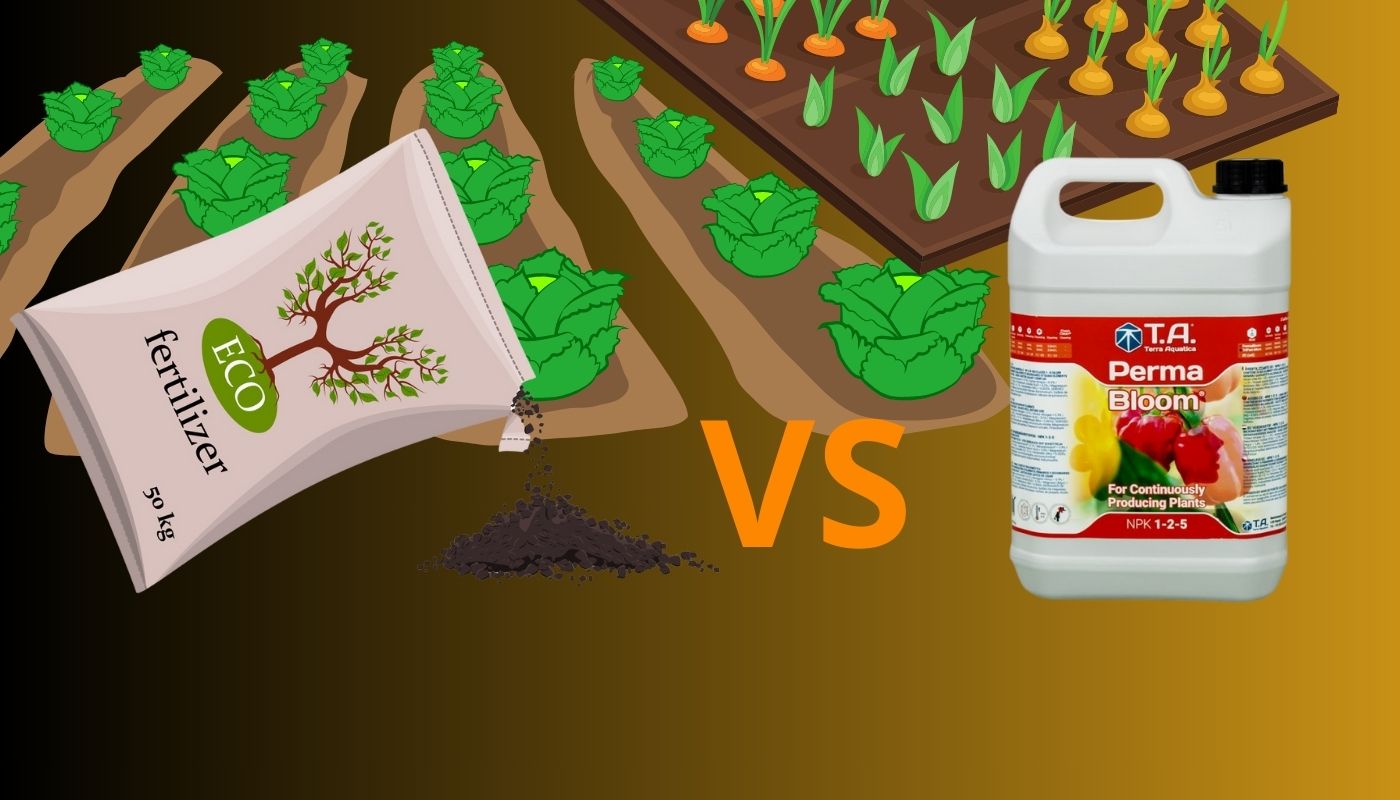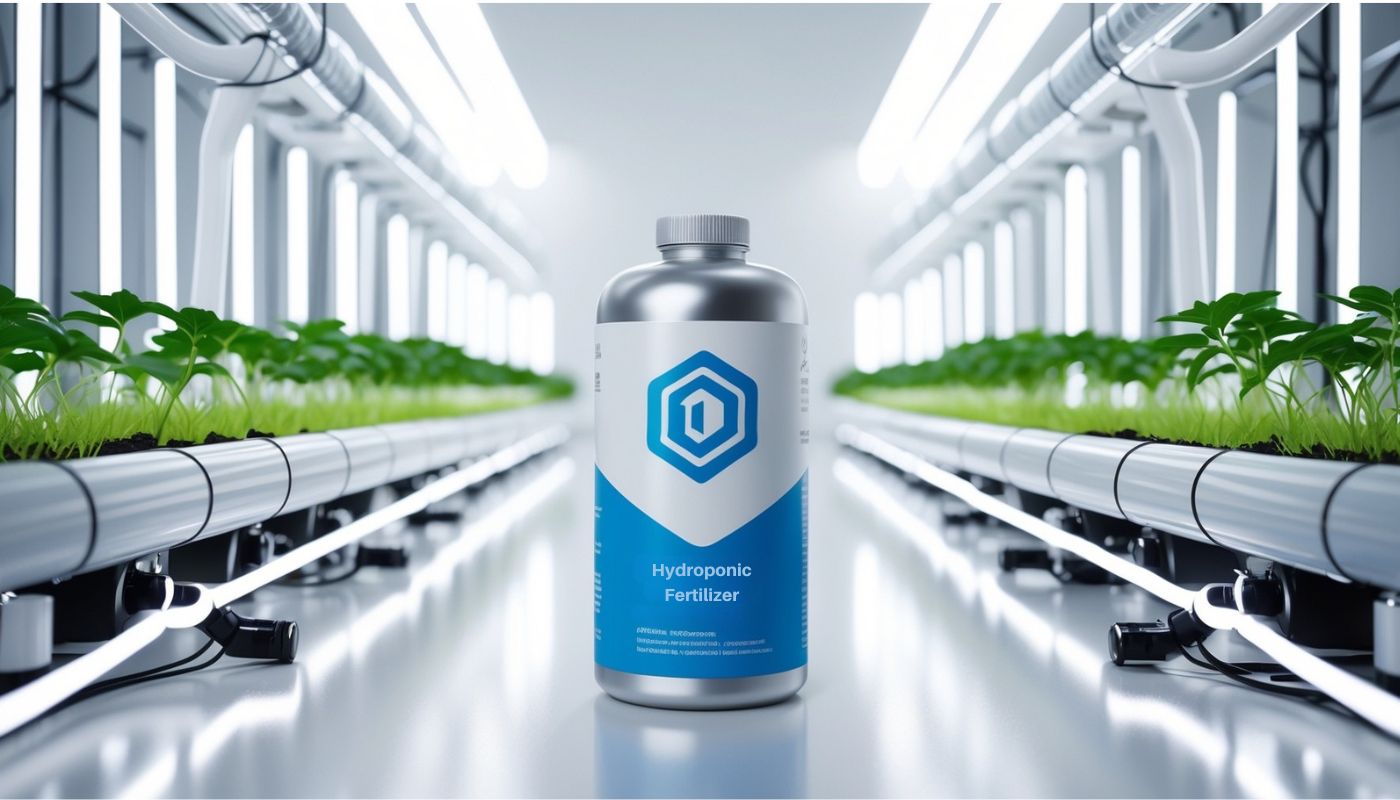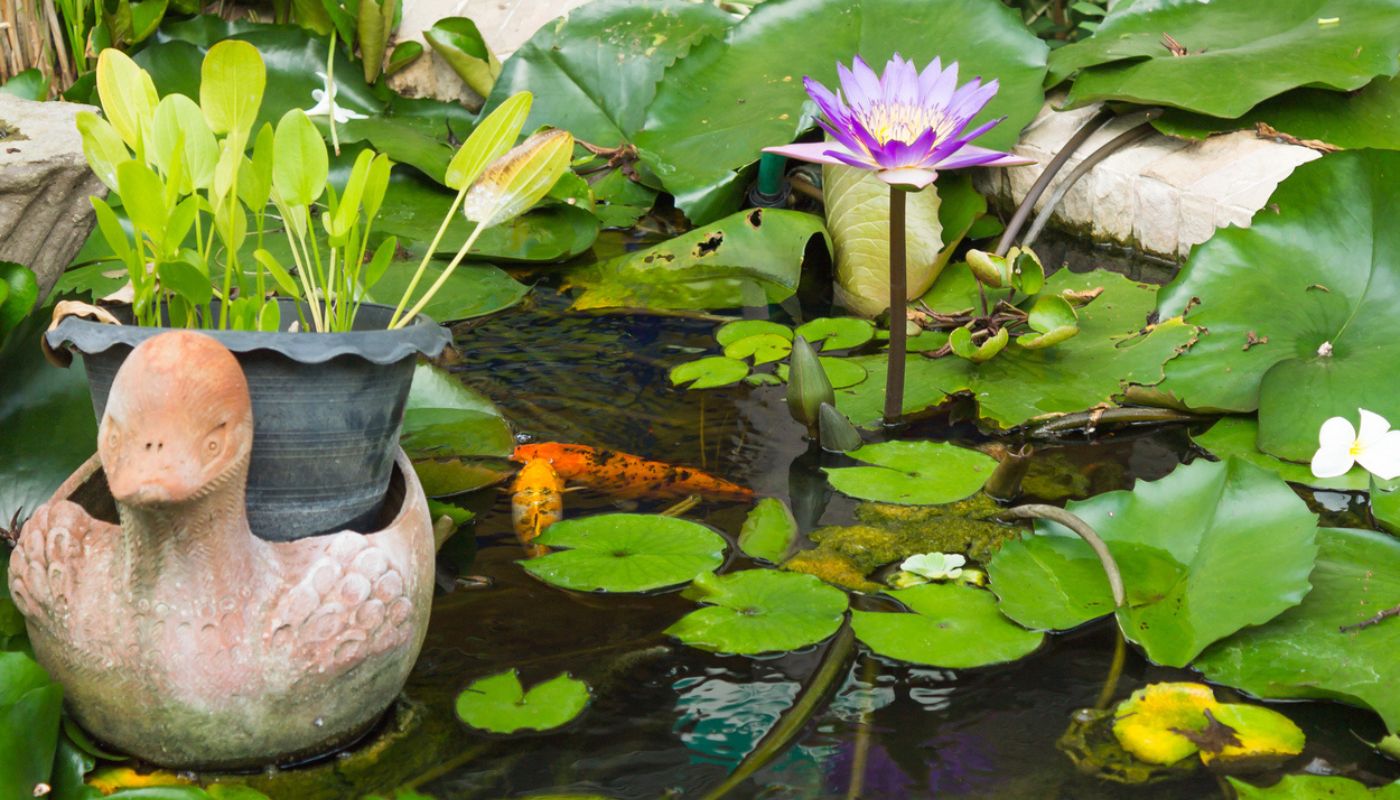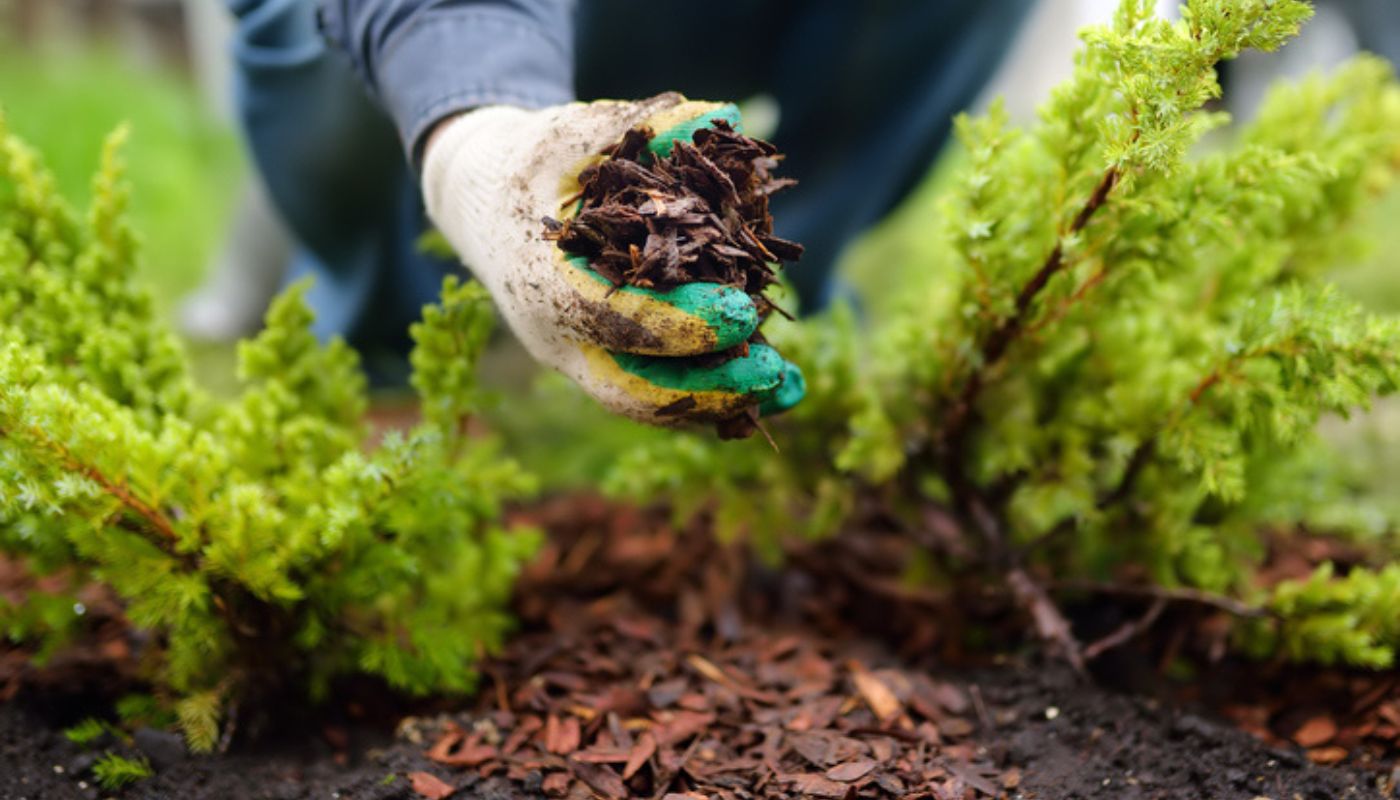
Liquid Fertilizers vs Powder Fertilizers for Indoor and Outdoor Gardening: A Comprehensive Comparison
When it comes to gardening, choosing the right type of fertilizer can significantly impact your plants’ health and your overall gardening experience. Liquid and powder fertilizers are the two most common options, each with its unique benefits and drawbacks. This guide delves into the key differences, their suitability for indoor and outdoor cultivation, and the economic factors influencing their use.
Liquid Fertilizers: Convenience at a Cost
Advantages of Liquid Fertilizers
- Ease of Use: Liquid fertilizers are ready to use or require minimal dilution, making them ideal for beginners and gardeners who prefer simplicity. They’re perfect for precise applications, such as feeding indoor plants or hydroponic systems.
- Fast-Acting: Since they are already dissolved, liquid fertilizers provide immediate nutrients to plants. This makes them effective for addressing nutrient deficiencies quickly.
- Customizable Application: They allow for easy adjustment of concentration levels, which is particularly useful for sensitive plants or during specific growth stages.
Disadvantages of Liquid Fertilizers
- Higher Cost: Liquid fertilizers tend to be more expensive per unit of nutrients compared to their powdered counterparts.
- Limited Coverage: Due to their cost and the water content in their formulation, liquid fertilizers cover smaller areas, making them less practical for large-scale outdoor cultivation.
- Frequent Reapplication: Liquid fertilizers need to be reapplied more frequently because they are absorbed quickly or leach out of the soil. This can lead to higher long-term costs for gardeners.
Powder Fertilizers: Economical and Versatile
Advantages of Powder Fertilizers
- Cost-Effective: Powder fertilizers provide more nutrients for the same price compared to liquid fertilizers. They are sold in concentrated forms, requiring dilution before use, making them more economical for both small and large gardens.
- Longer Shelf Life: Without water content, powdered fertilizers have a longer storage life and are less prone to spoilage.
- Broader Coverage: Because they are diluted in water, a small amount of powder fertilizer can create a large volume of nutrient solution, making it ideal for covering extensive outdoor areas or large indoor setups.
- Flexibility: Powder fertilizers allow gardeners to mix their nutrient solutions in desired ratios, which is beneficial for specific plant needs or custom fertilizer blends.
Disadvantages of Powder Fertilizers
- Preparation Time: Unlike liquid fertilizers, powdered forms require mixing and dissolving, which may not appeal to gardeners looking for quick solutions.
- Potential for Over-Application: Due to their high concentration, improper dilution can lead to over-fertilization, potentially harming plants.
Economic and Marketing Factors: Why Liquid Fertilizers Dominate Retail
While powder fertilizers are more economical and practical for larger-scale gardening, liquid fertilizers are often marketed more aggressively, particularly in retail garden centers. This marketing strategy is not accidental—it’s designed to encourage repeat purchases.
- Higher Consumption Rates: Liquid fertilizers are used up more quickly due to their frequent application needs and smaller coverage area. This ensures that customers return to purchase more, boosting sales for garden centers.
- Beginner Appeal: Liquid fertilizers are marketed as beginner-friendly products, appealing to hobbyists and those new to gardening.
- Higher Profit Margins: Liquid fertilizers typically have a higher price per nutrient unit, leading to larger profits for retailers.
On the other hand, powdered fertilizers, while offering better value and longer usage periods, result in fewer trips to the store. A single bag of powdered fertilizer can last a gardener several months or even an entire growing season, making it less attractive from a sales perspective.
Choosing the Right Fertilizer for Indoor and Outdoor Cultivation
- Indoor Cultivation:
- For small indoor gardens or hydroponic systems, liquid fertilizers are often preferred for their ease of use and precision.
- However, powdered fertilizers can also be used effectively, especially for cost-conscious growers managing larger setups.
- Outdoor Cultivation:
- Powder fertilizers are the go-to choice for large outdoor gardens or farms due to their cost efficiency and broader coverage.
- Liquid fertilizers can be used for targeted feeding, such as addressing specific deficiencies or boosting growth during critical periods.
Striking a Balance
Both liquid and powder fertilizers have their place in gardening, with the choice largely depending on the scale of cultivation, budget, and convenience needs. For gardeners looking to maximize value and reduce costs, powdered fertilizers are a clear winner, especially for large-scale or outdoor applications. However, liquid fertilizers remain a practical choice for small-scale indoor setups or when immediate nutrient absorption is required.
Understanding these differences empowers gardeners to make informed decisions that benefit both their plants and their wallets. Whether you prefer the ease of liquid fertilizers or the economy of powdered forms, aligning your choice with your gardening goals ensures a thriving and sustainable garden.





